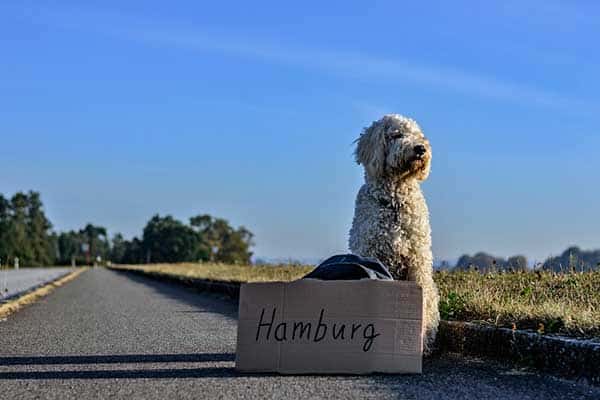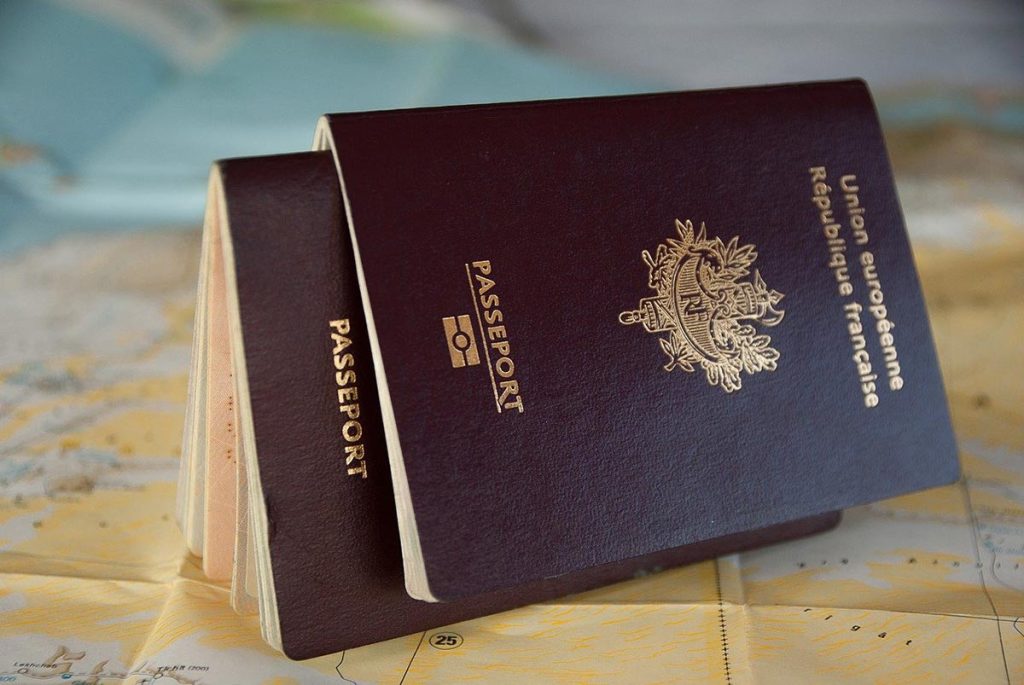Traveling with your pet, especially a dog, shouldn’t be a problem if you follow the guidelines. Depending on the means of transport chosen, certain rules must be followed. Here are some tips for traveling serenely.
Summary
Travel more or less far safely
Depending on the duration or distance of the trip, there are some precautions to take and rules to follow when traveling with your dog. In addition, the very size of the animal imposes certain regulations. Depending on the destination, in France or abroad, as well as the means of transport, it is necessary to find out about the law in force in the country and to submit to it. Otherwise, you could go home earlier than expected or find yourself separated from your animal.
For any trip and even if you stay at home, it is recommended to put a chip on the animal as well as to vaccinate it against certain diseases such as: parvovirus (P); distemper (C); Rubarth hepatitis (H); leptospirosis (L); Rage (R); kennel cough (TC).
Namely, that vaccination is not compulsory in France for a dog remaining on French territory, on the other hand, if the dog cannot be identified, it risks being considered as stray and being euthanized quickly, s is found out walking without a collar, tattoo or chip.
Read also: Traveling alone: the advantages
Travel in France
From North to South and from East to West, we can easily use the car to get to our vacation spot or even move. The dog, like any animal, must not hide the visibility nor be a disruptor for the driver.
By car
A dog should not be left loose in the car if you really care about him and the passengers. Cherrydog.fr canine experts remind you that breaks are essential on the way so that the dog can walk or run, get some fresh air, drink, eat and relieve himself.
- A safety harness will hold a small or medium sized dog in place somewhat, it is not static, but cannot move around the whole vehicle. In the event of sudden braking, it will be retained and cannot be thrown into the windscreen or the neck of the driver or the passenger to his right.
- A rigid transport case, like going to the vet, is a good solution. If the journey is long, remember to make stops so that he can stretch his legs.
- A safety gate is necessary for a large dog. You can add a net to free up some space between the rear seats and the ceiling, to maintain good visibility.
By plane
The dog up to 5 or 8 kg bag included can be accepted in the cabin. The head should not come out of the bag, strict dimensions are listed on the sites of airlines.
Beyond a certain weight, the dog must travel in the hold, in a transport cage with the right dimensions according to the size of the dog and to IATA standards (a simultaneous double-push closure system).
The dog does not need any other papers than his vaccination record if he has one and his identification number. Remember to give something to eat and drink. The dog can be given a mild tranquilizer so as not to stress too much.
By train
The rules are less strict than by plane. We can use a transport box or a bag according to our choice, the dog can even take his head out of the bag.
Large dogs must be kept on a short leash and installed at the feet of their master. It can be muzzled depending on the breed or its category.
The dog often pays for his place unless he can stay on his knees
Travel abroad
If you go to a border country by car or train, the important thing is the rules of the host country. Before leaving, you must find out whether or not you need to vaccinate your animal. Some countries impose the rabies vaccine, even in Europe.
The distant destination
Who says distant destination says other customs. Most island countries require rabies vaccination and a certificate of good health to be done within 5 days before departure. He must be chipped, in some countries, and have a passport. The latter is done at a veterinarian, the rabies vaccine is noted above, it costs around 20 €.
Have him chipped, it will be better for him and for you if he ever goes astray.
Do not give tap water to your dog if this water is not drinkable by yourself in the country visited. The food must be well cooked, you can, with the advice of a veterinarian on site or yours before leaving, adapt its diet and modify it throughout your stay.
The plane and its stops
These distant countries are often reached by plane, and to complicate matters, there are often several stopovers. At each stopover you must pick up your dog, if it is in the hold, before re-registering it on another flight, the animals are only taken out of the hold after all the other baggage. This is a lot of wasted time and you have to count this time, plus any delays for connections. Do not buy your tickets with too little stopover time.
If the dog is in the cabin, then you will only have to collect your checked baggage, and sometimes the transport of the baggage to the other plane is done by itself, you just have to wait for boarding.
Check whether the animals should not be quarantined in the country of your holiday. Island countries such as Great Britain, Australia or even Tahiti do not allow dogs and cats to enter without going through quarantine.
To travel with your dog, find out well before leaving about the papers required by the country for your animal and allow yourself time between stops to be able to pick up your animal and re-register it before boarding.
Read also: How to travel with children?




